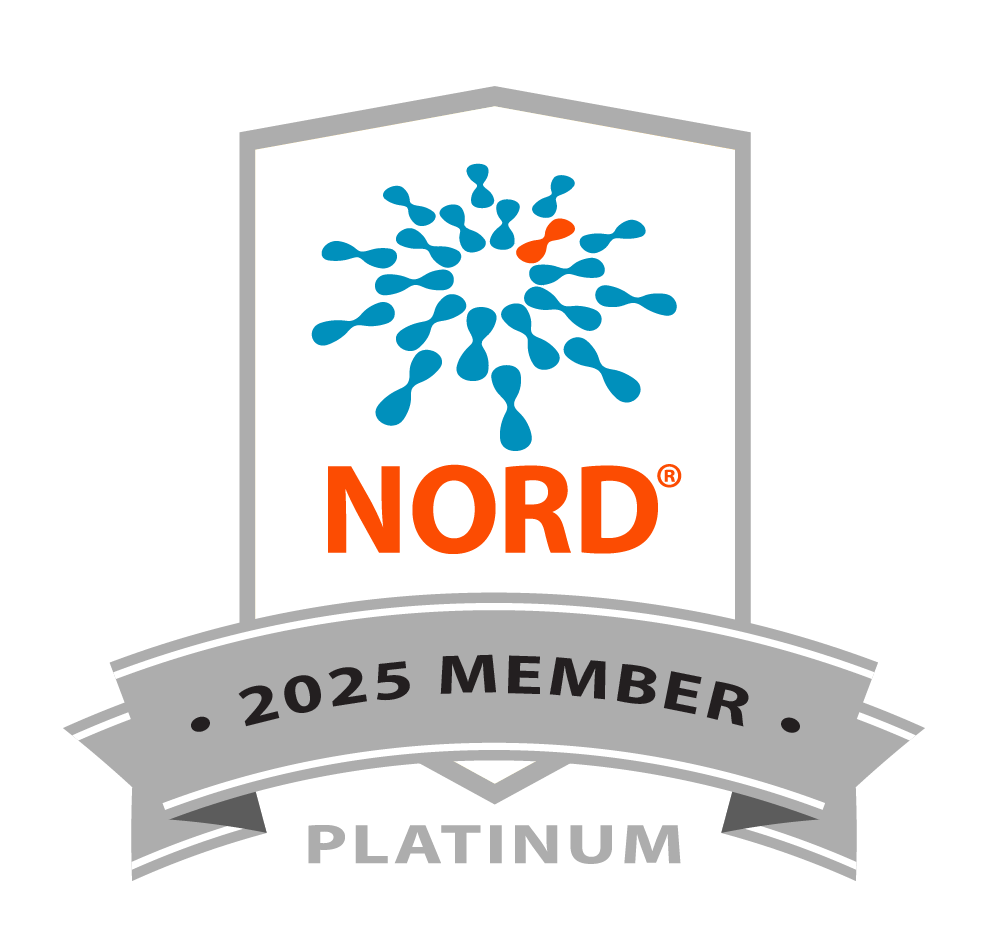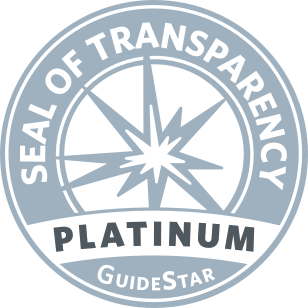Positive Interim Clinical Trial Results for Adverum’s Wet AMD Gene Therapy
Research News
The gene therapy is designed to reduce the treatment burden for patients
ADVM-022, an emerging gene therapy for wet age-related macular degeneration (AMD) developed by Adverum Biotechnologies, is showing encouraging results in the OPTIC Phase 1 clinical trial. Interim results suggest a dose response to the treatment — that is, ADVM is performing best at the highest dose.
The hallmark of wet AMD is the growth of leaky blood vessels underneath the retina — a process called choroidal neovascularization (CNV), which destroys photoreceptors, the cells that make vision possible. Currently, there are several FDA-approved therapies (anti-VEGFs) for wet AMD designed to halt CNV, but they must be administered through regular ocular injections for the rest of the patient’s life.
We are pleased that Foundation-funded research is being leveraged in clinical trials for promising approaches to save vision. Reducing or eliminating the lifelong treatment burden for wet AMD would greatly improve the quality of life for millions of seniors.
One injection of ADVM-022 is designed to work for many years, perhaps the life of the patient. The gene therapy is designed to enable the patient’s retina to continually produce a protein that will block CNV development and preserve vision.
The Foundation Fighting Blindness funded research that contributed to the development of the human-engineered adeno-associated virus (AAV) — a delivery system that transports therapeutic gene copies to retinal cells for continual production of an anti-VEGF protein.
“We are pleased that Foundation-funded research is being leveraged in clinical trials for promising approaches to save vision,” says Benjamin Yerxa, PhD, chief executive officer, Foundation Fighting Blindness. “Reducing or eliminating the lifelong treatment burden for wet AMD would greatly improve the quality of life for millions of seniors.”
Adverum reported interim results for 17 patients in the OPTIC trial.
Six patients received the highest treatment dose. None of those patients needed an anti-VEGF “rescue” therapy because of CNV recurrence. Patients in this group had a median follow-up of 60 weeks.
Eleven patients received the lowest dose. Three of those patients needed an anti-VEGF rescue therapy due to CNV recurrence. Patients in this group had follow-ups of either 36 or 20 weeks.
Adverum continues to enroll patients in its OPTIC clinical trial at sites in the US and plans to report more results in the second half of 2020.




